
Despite some similarities in terms of abbreviations and high-level concepts, IoT (aka Internet of Things) and IIoT (short for Industrial Internet of Things) are quite different notions. The similarity of these terms often leads to a sort of confusion for non-specialists. So what are key differences IoT from IIoT? In this article, we enlist some of the fundamental differences between IoT and IIoT.
Emergence
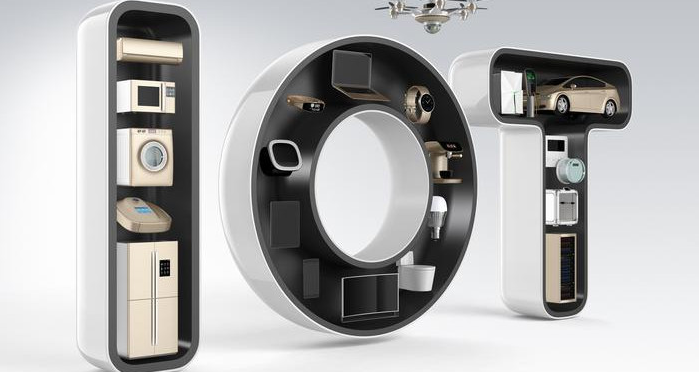
The Internet of Things (IoT) has emerged in order to improve the comfort of people’s lives. Its features are aimed at everyday life of ordinary people, opening up limitless possibilities for economy and security. As its name implies, industrial Internet of Things (IIoT) is aimed at production benefits and allows you to increase the profitability of the modern factories.
The history of development
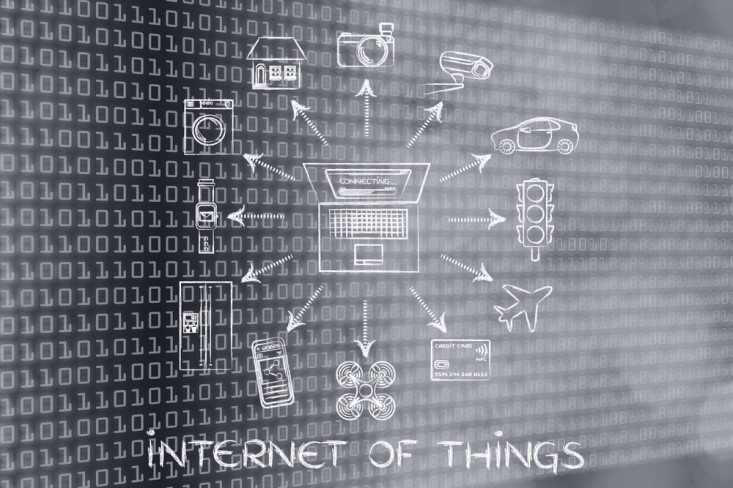
IoT and M2M: They Aren’t the Same
IoT represents the further development of the smart home technology (smart home), while IIoT is the improvement of existing production telemetry and telematics systems as well as advanced manufacturing data analysis.
Costs of solution
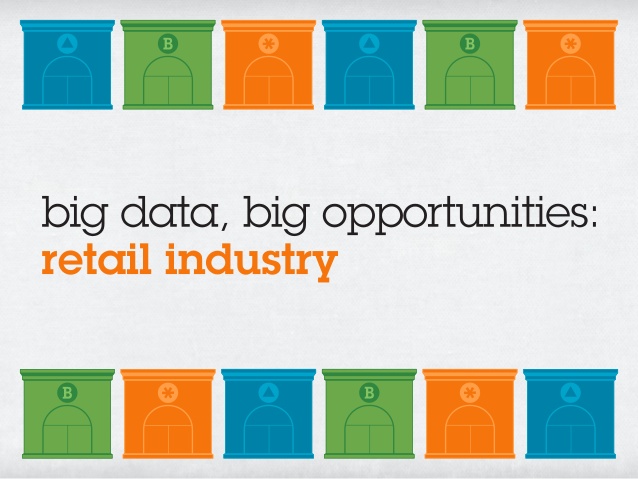
Using Big Data & The Internet Of Things (IoT) to Revolutionize Your Retail Business
It would be fair to say that most of the IoT-based solutions are affordable. Typically, such solutions are characterized by the presence of a small number of sensors. Customers acquire IoT devices mainly due to the powers of trends, image and novelty. On the contrary, IIoT solutions cost a lot as quite a large number of devices is required for their installation at production facilities. In addition, IIoT devices are expensive because they place high demands on reliability, safety, and performance in various (often aggressive) environments. The decision in favor of introducing IIoT in production is made on the basis of the economic efficiency of such a decision.
Costs of repair procedures
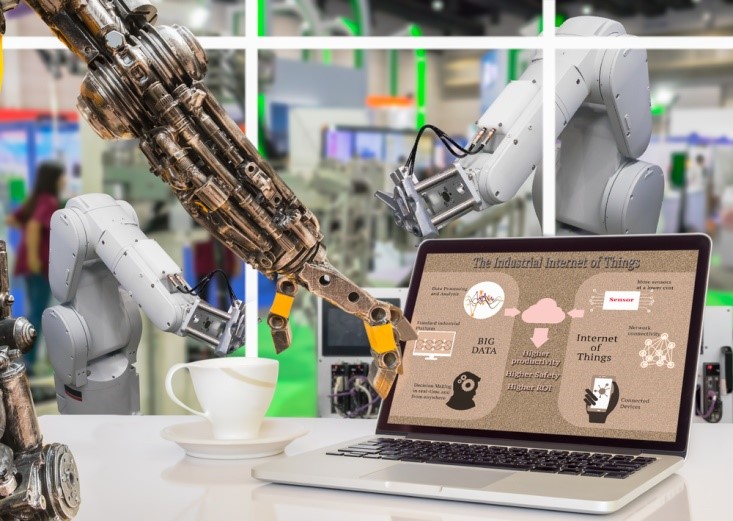
IoT and M2M: They Aren’t the Same
In the case of IoT, we can talk about low costs of repair if a system fails. If the heating system wasn’t turned on when the person came home, one can turn it on independently – no help from the outside world is required. The same applies to smart security features: they usually have duplicate basic fixtures. In the case of IIoT, the failure of a mechanism or the network will lead to serious problems, and production will suffer significant losses or stop completely.
Costs of maintenance services
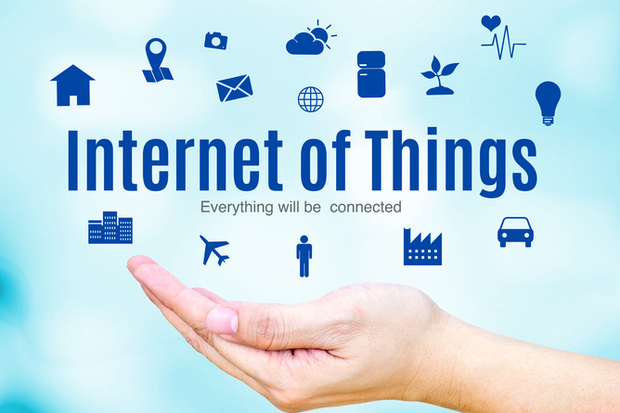
How To Engage Consumers Through The IoT
The maintenance of IoT devices isn’t costly. In the majority of cases, it is enough to replace a broken detail, which is in no way affects user expectations. It’s a totally different story for the maintenance of IIoT devices. It is costly, since the solutions are complex, and it’s very difficult to replace them on the spot. The failure of any parts, both small and big, leads to the suspension or even a complete cessation of production.
The speed of implementation
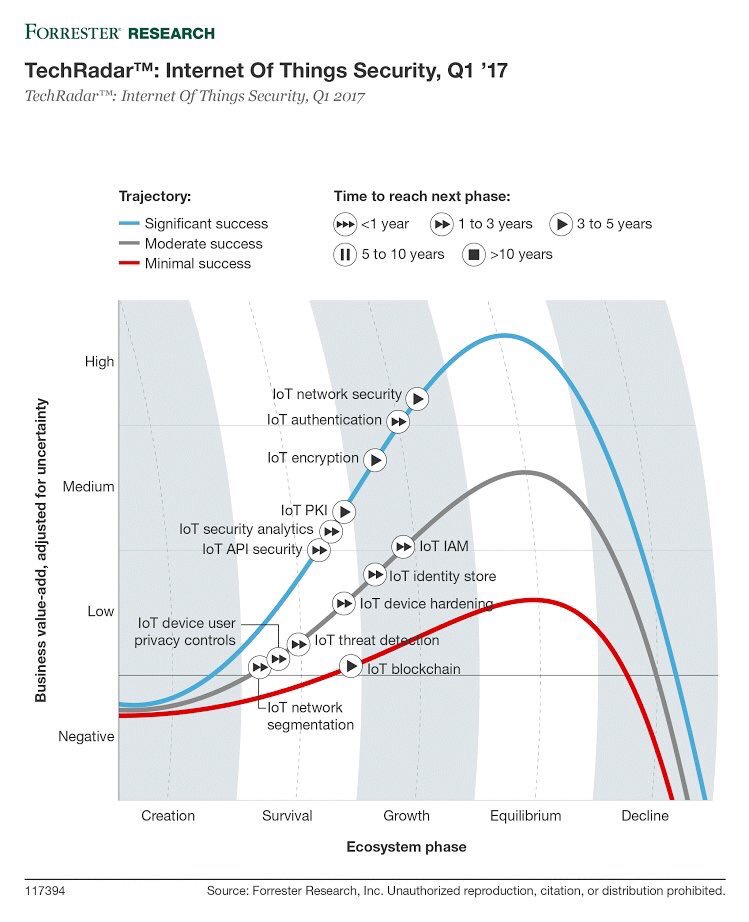
What the WannaCry Attack Means for IoT Security
In the case of IoT, the implementation doesn’t take long, since all smart devices and parts are acquired in the process of replacing existing equipment or repair work. For IIoT, the process of implementation is slow, as it often requires a complete upgrade of the production infrastructure. Besides, the introduction of IIoT is characterized by a phased approach. Modern manufacturers should take into consideration all the possible levels of scalability, modernization and compatibility with some parts of the old infrastructure.
Algorithmic complexity
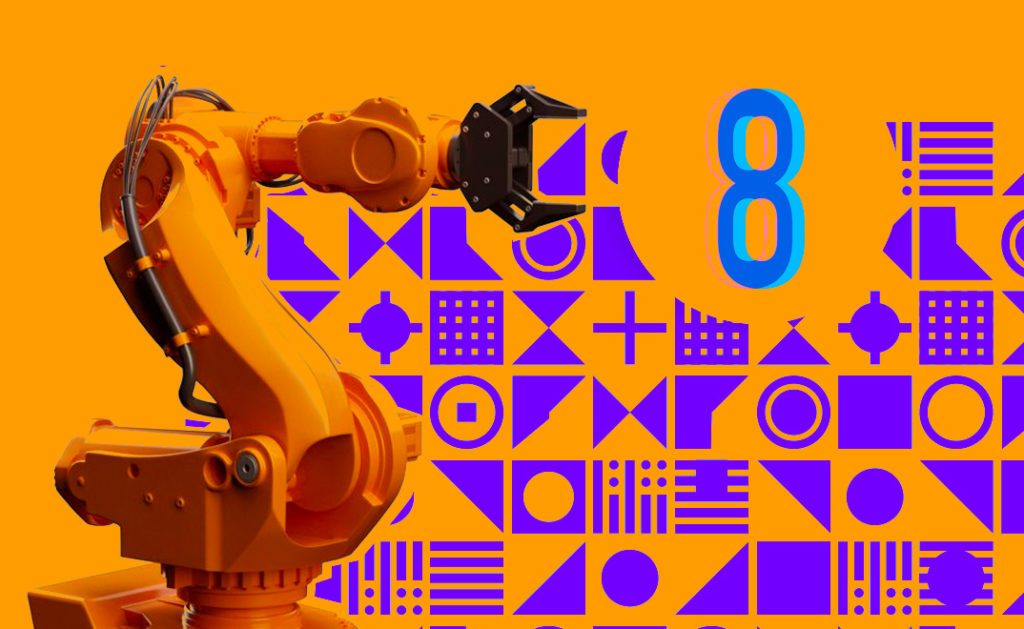
8 Reasons Why You Need To Embrace IIoT
IoT devices use simple algorithms to automate routine activities: making tea, turning on lights, etc. IIoT devices use complex multi-level algorithms based on modern mathematical apparatus. The use of neural networks in IIoT allows you to manage risks, build production efficiency forecasts, simulate any part of the production chain, and so on.
Data processing
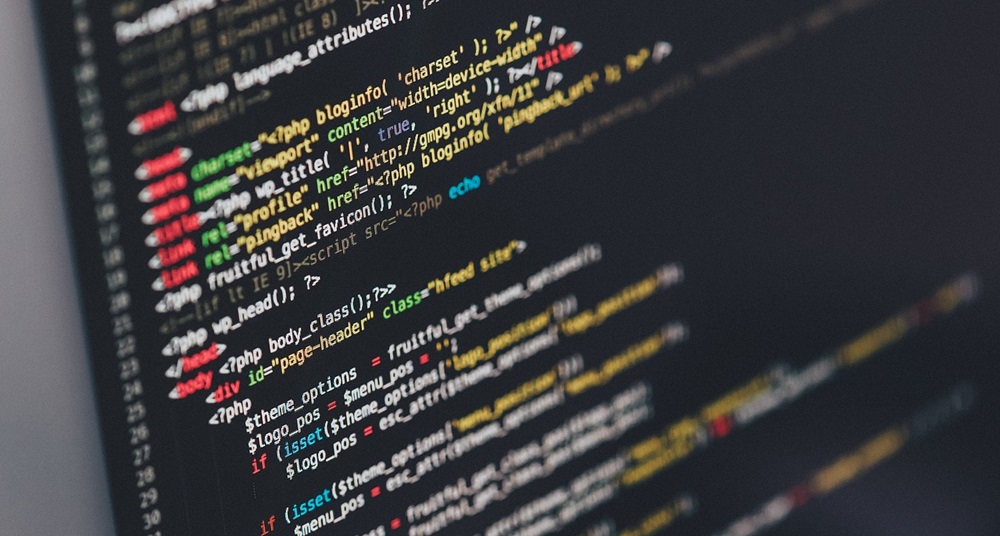
Securing Devices and Data, Dispersive Brings Programmable Networking to IoT, IIoT and Blockchain
In IoT devices, all information is processed in real time. However, some delays in the provision of data are allowed, up to tens of seconds. In IIoT devices, such delays are unacceptable: information is provided in real time with a maximum delay not exceeding tens of milliseconds.
Traffic volumes
Usually, IoT devices generate traffic that doesn’t exceed a couple of megabytes per day. IIoT devices can generate large amounts of traffic, up to a PB (petabyte) per day.
Data security
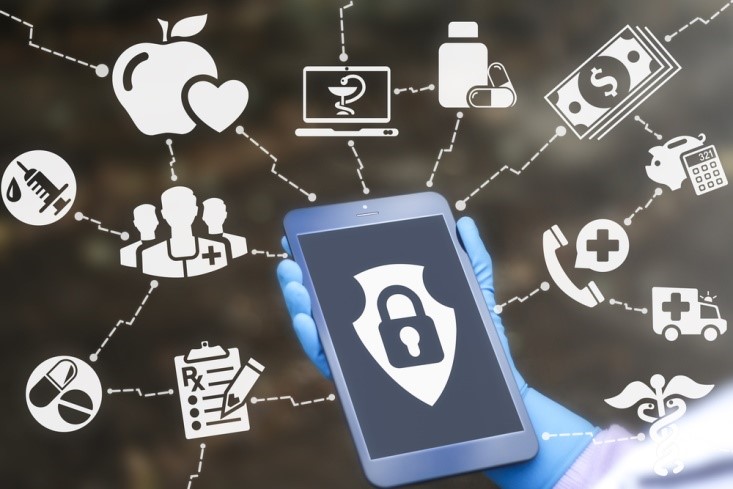
What the WannaCry Attack Means for IoT Security
If we consider IoT devices, there is a high risk of interception of confidential data, which can lead, for example, to stealing money from bank accounts. The hacking of IoT devices is dangerous because it opens the way for unauthorized intruders to enter residential premises. In the case of IIoT devices, any introduction to the infrastructure of the enterprise can provoke a real catastrophe. No kidding.
Workplaces

Difference Between: IoT, IIoT and Industry 4.0 for Pneumatic System
If we talk about IoT devices, there’s no fear of losing jobs: a “smart” kettle will not result in a housekeeper being fired. At the same time, IoT devices do not lead to the creation of new job openings. Everything is different in the IIoT world. As the variety of devices reduces routine actions that require manual operations, some of old jobs may disappear in the next few years. But it’s fine as long there is no shortage of vacancies for highly qualified specialists able to design and maintain smart industrial systems and analyze incoming information.





